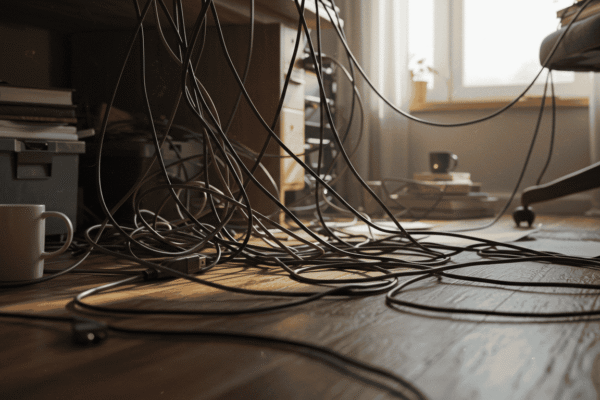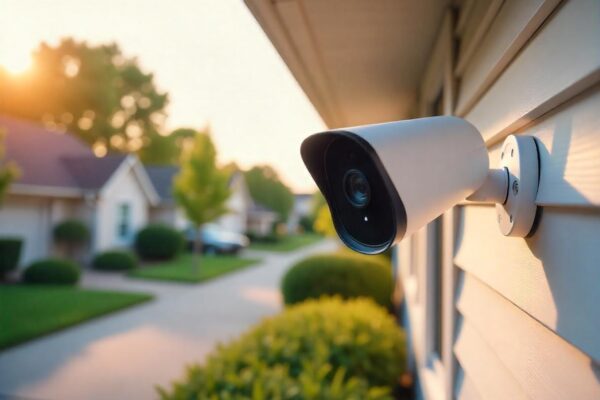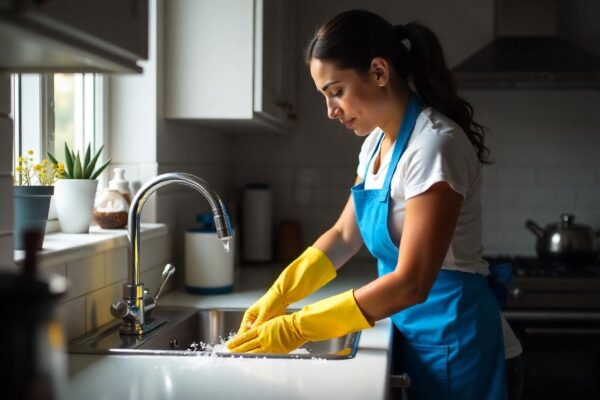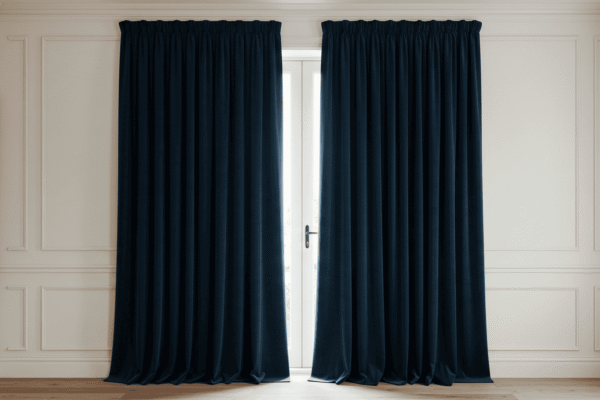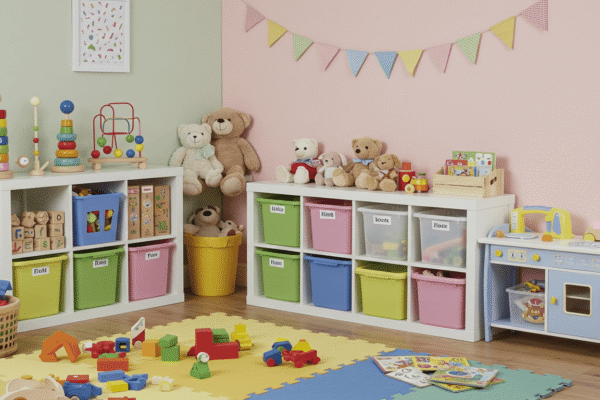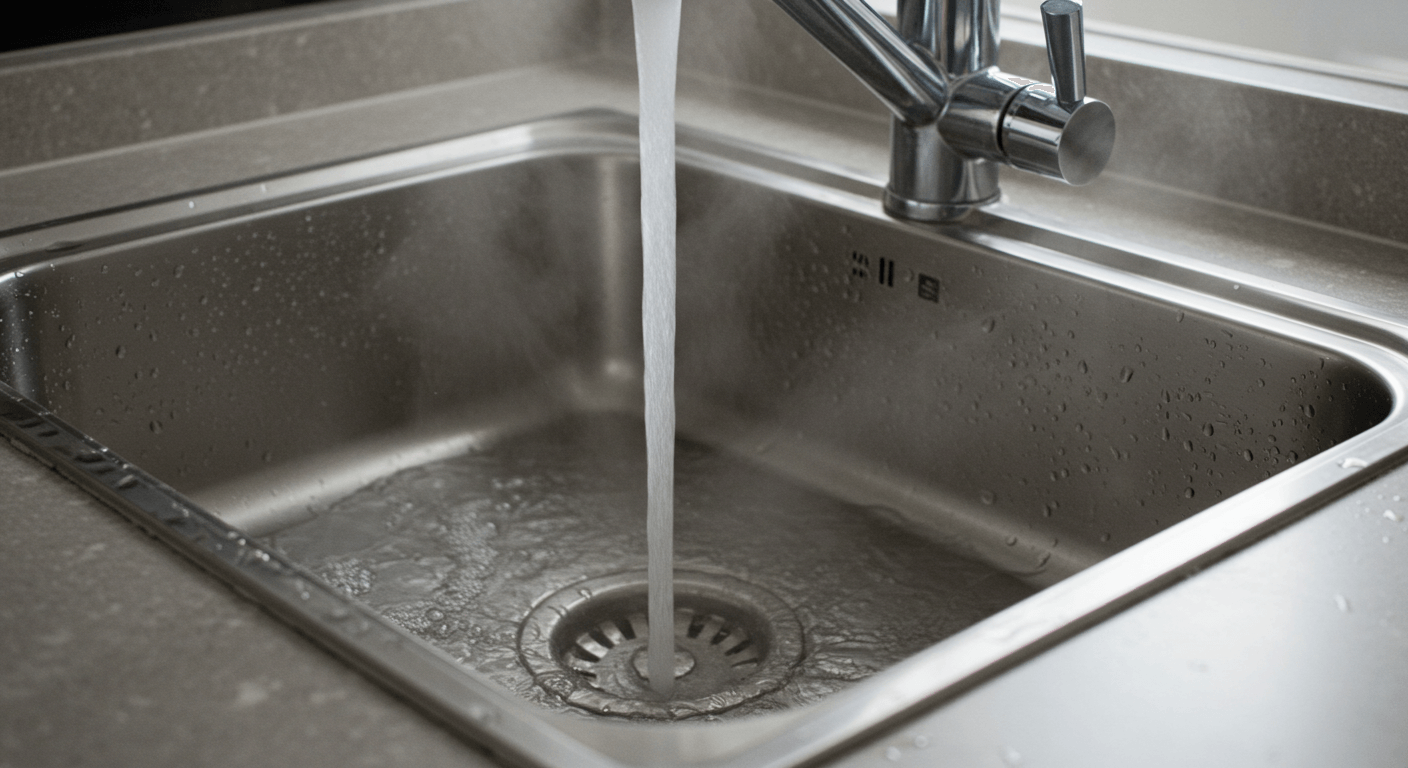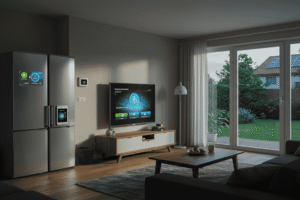Water heating costs are one of the most overlooked expenses in the average household, yet they can quietly eat up a significant portion of your monthly energy bill. The good news? You don’t have to take freezing showers or give up comfort to cut back. With a few smart adjustments and energy-efficient habits, you can reduce water heating costs while still enjoying all the hot water you need. In this guide, we’ll walk you through practical, creative, and comfort-friendly ways to lower your water heating expenses—and help your wallet breathe a little easier.
Know Where the Heat (and Money) Goes
Before you can start cutting down your water heating costs, it’s important to understand where your energy is actually going. Many households lose money not because they use too much hot water, but because they use it inefficiently. Identifying the main drivers behind high water heating expenses is the first step toward meaningful savings.
Average Cost Breakdown
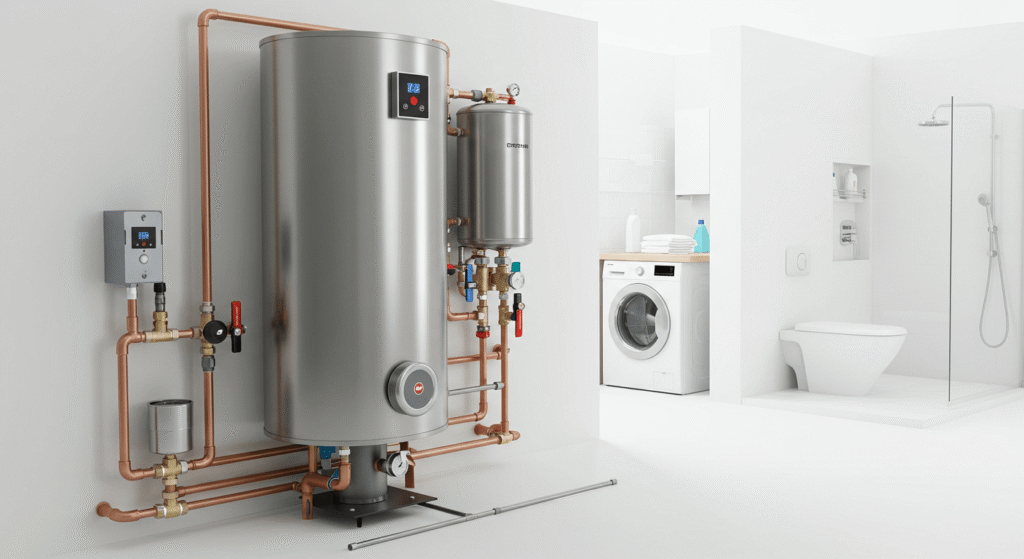
To get a clearer picture, let’s break down how hot water is typically used in a home. The following table shows an estimate of daily hot water usage by common appliances and the resulting energy cost.
| Appliance | Average Daily Use | Estimated Energy Cost |
|---|---|---|
| Shower | 8–15 minutes | $0.40 – $0.70 |
| Dishwasher | 1 load | $0.20 – $0.30 |
| Washing Machine | 1 load (hot wash) | $0.50 – $0.80 |
| Bathroom Faucet | 5 minutes | $0.10 – $0.20 |
| Kitchen Sink | 10 minutes | $0.15 – $0.25 |
These numbers can vary depending on your water heater’s efficiency, household habits, and local utility rates, but they provide a solid starting point for evaluating your own usage.
Common Energy Wasters in Households
In many cases, high water heating costs come from subtle issues that add up over time. Let’s look at some of the most common culprits:
Leaky faucets & long showers
A dripping faucet may not seem like a big deal, but over time it can waste gallons of hot water every day—especially if it’s located in a bathroom or kitchen where warm water is frequently used. Similarly, long, steamy showers are a comfort many of us enjoy, but they’re also one of the biggest contributors to excessive hot water use.
Old water heaters & poor insulation
If your water heater is more than 10–12 years old, it’s likely running at a much lower efficiency compared to modern models. Combine that with uninsulated tanks or pipes, and you’re paying more just to maintain a supply of hot water. Heat loss from the tank and piping system—often called standby heat loss—can result in unnecessary energy usage even when no one is using hot water.
Understanding these energy drains will help you target the right areas in your home for improvement—without having to change your lifestyle drastically.
Optimize Your Water Heater Settings
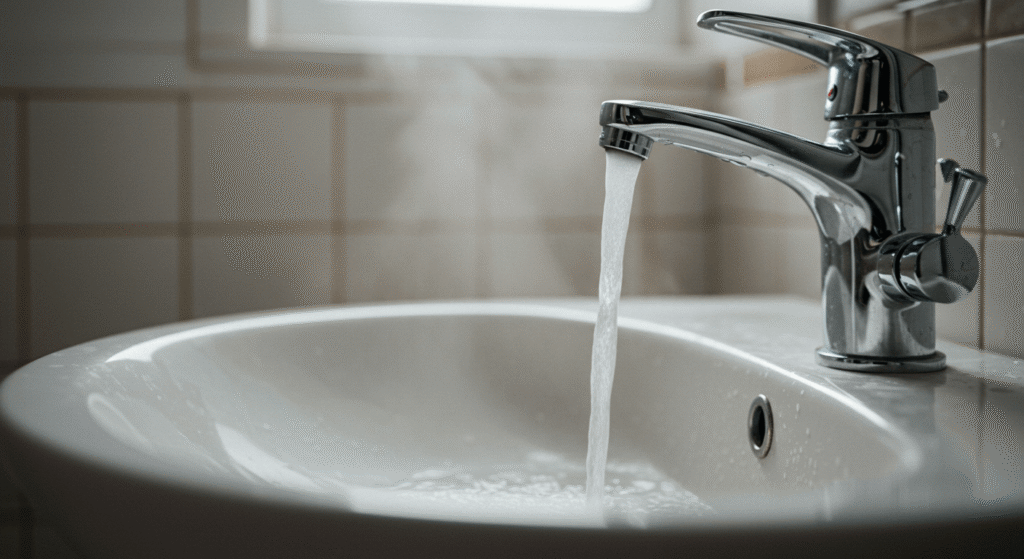
Making simple adjustments to your water heater settings can lead to noticeable savings on your water heating costs. Often, just a few small tweaks can improve efficiency without affecting your comfort, helping you get the most out of every kilowatt-hour you use.
Best Temperature Setting to Balance Comfort and Cost
One of the easiest ways to reduce water heating expenses is by lowering the thermostat on your water heater. While many units come preset at 140°F or higher, this temperature is usually hotter than necessary for everyday use. Setting your water heater to 120°F is widely recommended because it strikes a perfect balance between safety, comfort, and energy savings. At this temperature, you reduce the risk of scalding while still getting enough hot water for showers, cleaning, and laundry.
Try 120°F – it’s safe, comfortable, and saves energy.
Why Your Heater Works Overtime (and How to Stop It)
Even when you’re not using hot water, your heater is still working behind the scenes to maintain the set temperature. This is due to what’s called standby heat loss, where heat escapes from the tank and pipes into the surrounding environment. The heater then cycles on periodically to replace the lost heat, consuming energy even during periods of inactivity.
Reducing standby heat loss can significantly lower your water heating costs. This can be achieved by insulating your water heater tank and the first several feet of hot water pipes, which traps heat more effectively and prevents unnecessary reheating. By limiting this invisible energy drain, your system runs less often, saving both energy and money without any change to your daily hot water use.
Upgrade Your Insulation Game
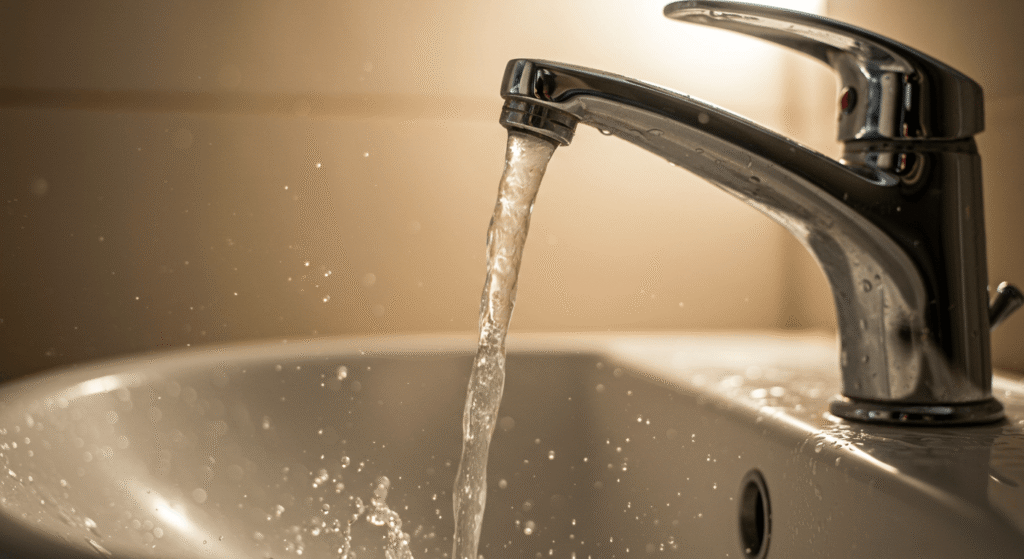
One of the most effective ways to reduce water heating costs is to prevent heat from escaping your system. Proper insulation keeps the heat where it belongs—inside your water heater and pipes—so your water stays hot longer without forcing your heater to work overtime.
Insulating Water Heater Tanks and Pipes
Adding insulation to your water heater tank and hot water pipes is a simple DIY project that can lead to substantial savings. Here’s a quick guide to get started:
- Turn off the power or gas supply to your water heater for safety.
- Measure the circumference and length of your water heater tank and exposed hot water pipes.
- Purchase an insulation blanket designed for water heaters and pipe insulation sleeves or wrap.
- Wrap the insulation blanket around the tank, securing it with tape or straps. Be careful to avoid covering important labels or controls.
- Cover the hot water pipes with pipe insulation, making sure to seal all joints and fittings.
- Turn the power or gas back on and enjoy improved efficiency.
Adding visual aids such as step-by-step photos or diagrams can make this process even easier to follow and encourage readers to take action.
Understanding R-Value and Why It Matters
Insulation effectiveness is measured by its R-value, which indicates how well it resists heat flow. The higher the R-value, the better the insulation works. Choosing insulation materials with the right R-value for your climate and water heating system is essential to maximizing savings.
Quick explanation of insulation ratings
- R-3 to R-4: Suitable for insulating hot water pipes in moderate climates.
- R-8 or higher: Recommended for water heater blankets in colder regions or poorly insulated basements.
Here’s a table that compares the typical savings from insulating pipes at different R-values:
| Pipe Insulation R-Value | Estimated Annual Energy Savings (%) | Approximate Cost Savings ($) |
|---|---|---|
| R-0 (No insulation) | 0% | $0 |
| R-3 | 4–6% | $10–$20 |
| R-6 | 8–10% | $20–$35 |
| R-8 | 12–15% | $30–$50 |
By upgrading your insulation, you reduce standby heat loss and help maintain the desired water temperature longer—ultimately lowering your water heating expenses with minimal effort.
Use Less Hot Water Without Feeling the Cold
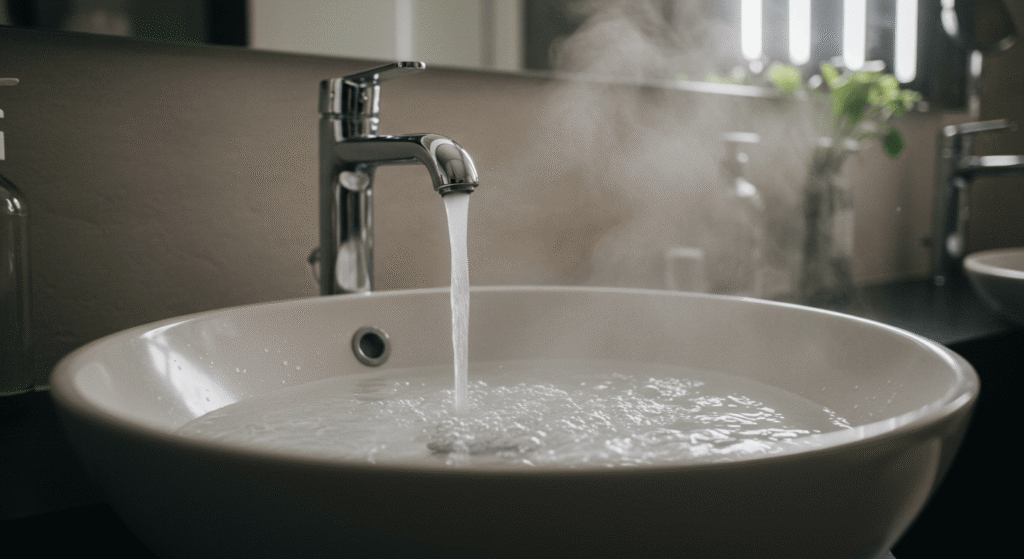
Cutting back on hot water use doesn’t mean you have to sacrifice comfort. With a few clever habits and simple upgrades, you can lower your water heating costs while still enjoying warm showers and clean laundry. The key is to be smart, not stingy.
Smarter Habits That Actually Work
Small daily changes add up quickly. Consider these practical habits that help reduce hot water use without disrupting your routine:
- Use a timer for showers to keep them short and sweet.
- Wash clothes in cold or warm water instead of hot—modern detergents work well in cooler temps.
- Run the dishwasher only when it’s full to maximize efficiency.
- Turn off the tap while brushing your teeth or shaving.
- Fix leaks promptly to avoid wasting hot water.
By adopting these habits, you’ll notice a drop in your hot water consumption—and your bills—without feeling like you’re missing out.
Low-Flow Fixtures: Big Results from Small Changes
Installing low-flow fixtures is one of the easiest ways to reduce hot water use without changing behavior. These fixtures limit water flow but maintain the sensation of strong water pressure, helping you save energy and water simultaneously.
Mini checklist: Where to install low-flow fixtures
- Showerheads
- Bathroom faucets
- Kitchen sink faucets
Quick Tip: Comfort Hack – Combine low-flow fixtures with aerators to keep water pressure high while using less water.
This combination ensures you won’t feel like you’re sacrificing comfort, but your water heating costs will see a noticeable drop.
Choose the Right Heating System for Your Needs
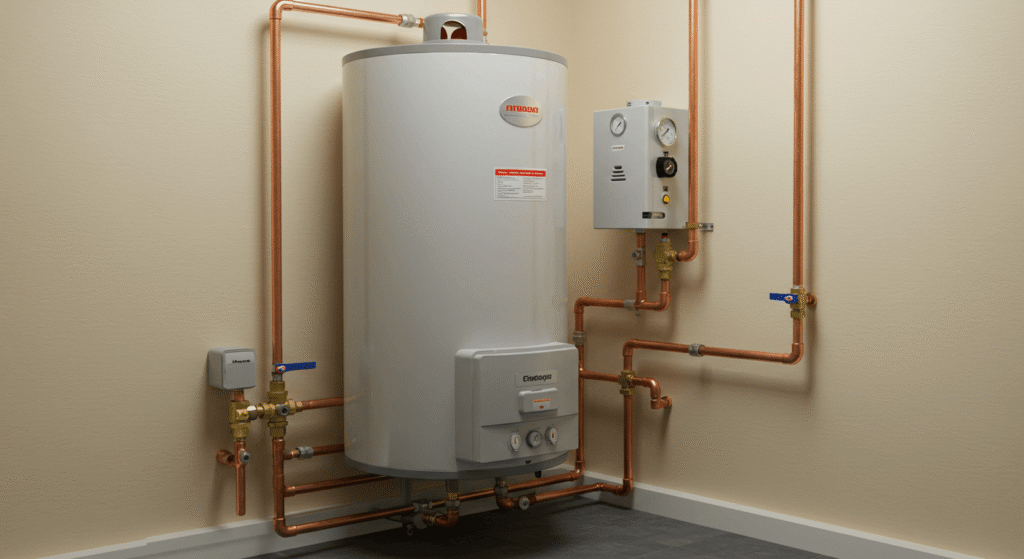
When it comes to water heating costs, the type of heating system you use plays a crucial role. Different systems offer varying levels of efficiency, upfront costs, and maintenance needs. Understanding your options can help you choose a solution that fits your household’s hot water demands and budget.
Compare Tank, Tankless, and Heat Pump Systems
Here’s a comparison of the three most common types of water heaters, highlighting their key advantages, disadvantages, and efficiency levels:
| System Type | Pros | Cons | Typical Efficiency (%) |
|---|---|---|---|
| Tank Water Heater | Lower upfront cost, simple installation | Higher standby heat loss, larger footprint | 60–70 |
| Tankless Heater | On-demand hot water, lower energy use | Higher upfront cost, may struggle with multiple users simultaneously | 80–90 |
| Heat Pump Heater | Highly energy efficient, eco-friendly | Higher initial cost, needs warm environment to perform optimally | 200–300 (COP 2.0–3.0) |
Selecting the right system depends on your household size, hot water usage patterns, and local climate. For example, tankless systems can save money if your usage is sporadic, while heat pump heaters are ideal for energy-conscious households in warmer areas.
Signs You May Need a System Upgrade
Not sure if your current water heater is costing you more than it should? Watch for these warning signs that it might be time for an upgrade:
- Your water heater is over 10 years old, as efficiency typically declines with age.
- You hear unusual noises like popping or rumbling, indicating sediment buildup.
- Your hot water runs out quickly or fluctuates in temperature.
- Your energy bills keep rising despite no change in usage.
- You notice leaks or corrosion around the unit.
Upgrading to a more efficient system can significantly reduce your water heating expenses and improve your home’s overall energy efficiency.
Tap Into Off-Peak Energy Use
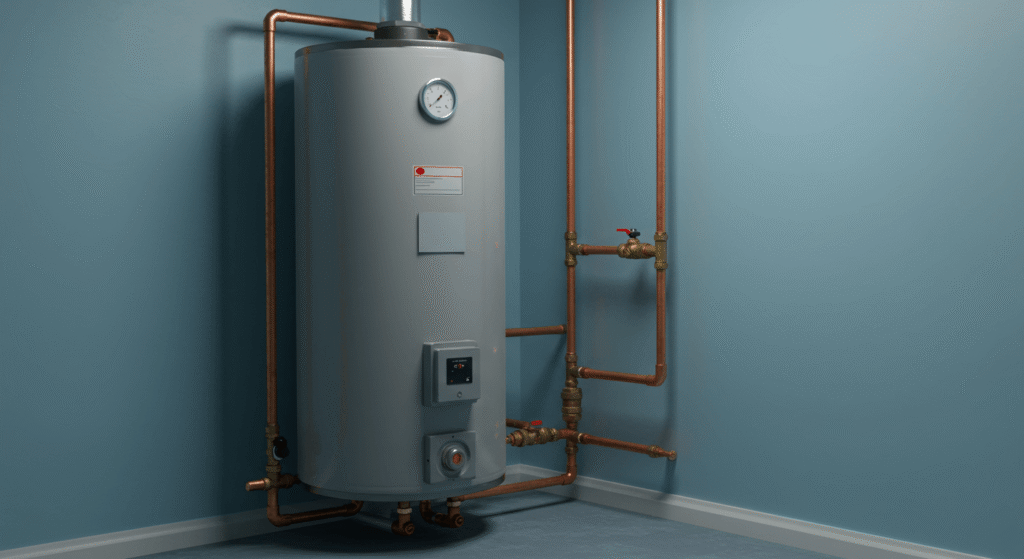
When it comes to water heating costs, timing can make a big difference. Many utility companies charge less for electricity or gas during off-peak hours—times when overall demand is low. By scheduling your hot water use to align with these cheaper periods, you can lower your energy bills without changing how much hot water you actually use.
What Is Off-Peak Water Heating?
Off-peak water heating means running your water heater primarily during designated low-demand hours, such as late at night or early morning. During these times, energy rates are often discounted because fewer people are using power. This allows your water heater to build up a supply of hot water more cost-effectively, which you then use throughout the day.
By taking advantage of off-peak rates, you reduce the cost per unit of energy consumed for heating water, effectively lowering your water heating expenses without sacrificing comfort.
Smart Scheduling Tips
To make the most of off-peak energy use, try these simple scheduling strategies:
Laundry at night
Running your washing machine during off-peak hours not only saves money on heating water but can also reduce your overall electricity costs.
Stagger family showers in off-peak blocks
If your utility provider offers time-of-use pricing, organize family showers or other high hot water use activities during these cheaper periods. This way, you maximize your savings without reducing hot water availability.
| Time of Day | Energy Rate | Recommended Activities |
|---|---|---|
| 12:00 AM – 6:00 AM | Low (Off-Peak) | Water heater runs, laundry, showers |
| 6:00 AM – 10:00 AM | High (Peak) | Minimal hot water use |
| 10:00 AM – 4:00 PM | Medium | Light hot water use |
| 4:00 PM – 9:00 PM | High (Peak) | Avoid heavy hot water use |
| 9:00 PM – 12:00 AM | Low (Off-Peak) | Water heater runs, showers |
By planning your hot water use around these time blocks, you can reduce your energy bills while maintaining your daily routines comfortably.
Bring in the Sun (and Other Natural Sources)
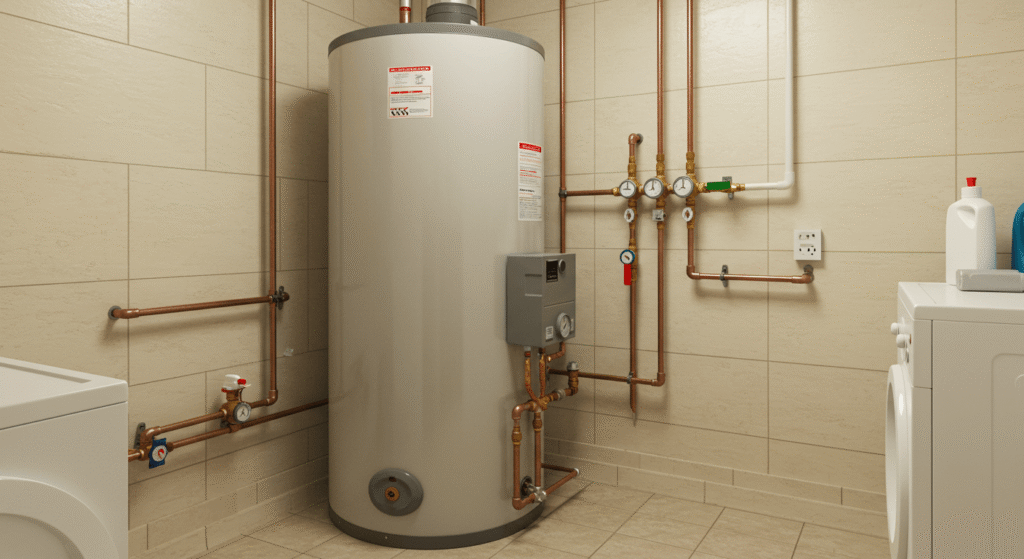
Harnessing natural energy sources to heat your water is both eco-friendly and a smart way to cut down your water heating costs. While it may sound complex, even simple methods of using the sun’s energy or passive heat can make a meaningful difference in reducing your reliance on traditional energy.
Introduction to Solar-Assisted Heating
Solar-assisted heating uses the sun’s abundant energy to warm water before it reaches your water heater. This approach reduces the amount of electricity or gas needed to bring water up to temperature. Even on cloudy days, solar energy can contribute some heat, lowering the overall load on your heating system. Think of it as giving your water heater a head start by pre-warming water naturally.
Supplementing with Passive Heating
Besides active solar systems, you can also take advantage of passive heating methods. Positioning water storage tanks in sunny spots or designing your home with materials that absorb and retain heat (thermal mass) helps keep water warmer for longer. For example, letting sunlight naturally warm pipes or tanks reduces the energy your heater needs to maintain temperatures.
Create a Water Heating Efficiency Checklist
Taking control of your water heating costs is easier when you have a clear, actionable plan. A personalized checklist helps you stay consistent with maintenance and efficiency improvements—turning good intentions into real savings.
Monthly Checklist
Regular upkeep can prevent energy waste and extend the life of your water heating system. Here are key tasks to include every month:
- Check for leaky faucets and repair immediately to avoid wasted hot water.
- Inspect the water heater for any signs of corrosion, leaks, or unusual noises.
- Review the temperature setting to ensure it’s optimized (around 120°F).
- Flush the water heater tank if sediment buildup is suspected (frequency depends on your water quality).
Seasonal Efficiency Boosters
Different times of the year call for specific actions to keep your system running efficiently:
- In winter, add or replace insulation on exposed pipes to prevent heat loss.
- In summer, adjust your hot water usage schedule to take advantage of cooler energy rates or natural heating.
- Consider scheduling a professional annual inspection to catch any potential issues before they become costly problems.
Long-Term Savings Tracker (Optional downloadable PDF idea)
To help you monitor progress, create a simple savings tracker that records your monthly water heating costs and any changes you’ve made. Tracking your bills over time shows the impact of your efforts and motivates continued improvements. Offering this as a downloadable PDF checklist for readers can add value and encourage engagement.
By following this checklist, you’ll keep your water heating expenses in check and enjoy lasting comfort and efficiency.
Take Control of Your Water Heating Costs Today
Reducing your water heating costs doesn’t have to mean sacrificing comfort or convenience. By understanding where your energy goes, optimizing your heater settings, upgrading insulation, and adopting smarter habits, you can make a real impact on your bills. Whether you choose to tap into off-peak energy, explore natural heating options, or simply follow a clear efficiency checklist, every small step adds up. Start implementing these strategies today to enjoy a warmer home and a lighter energy bill—comfort and savings can go hand in hand.

